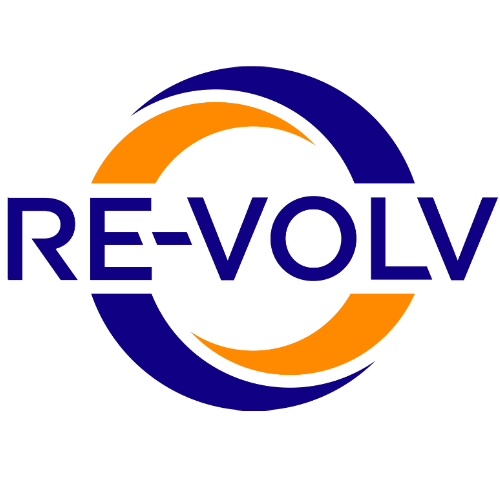When I signed up to become a Solar Ambassador for the UC Santa Barbara RE-volv chapter in spring 2020, I was a rising college senior, blissfully optimistic and eagerly anticipating the imminent solar leads our team would secure and installations our team would plan. Looking back, these ideas seem hopelessly naïve. In the past year, COVID-19 has exerted an unfathomable pain on communities across the globe, and it is safe to say that it has affected everyone to some degree. Amidst all other stressors in human life, COVID prevails, and it both reveals and exacerbates inequalities that exist in concert with it.
That said, volunteering as a Solar Ambassador—during a year when all once-collaborative activities have been relocated to online platforms and confined to two-dimensional computer screens—has proven challenging at times. With in-person activities effectively on hold for the foreseeable future, COVID has rendered many nonprofit organizations’ offices empty and many phones unattended. It has been difficult to get in contact with representatives of nonprofits and even more difficult to secure leads for solar installations. I haven’t even had the opportunity to meet my UCSB team collaborators in person.
But not all is lost. Despite the very real and visible consequences of the pandemic, I am among the lucky in this time of unprecedented distress, and I want to use that privilege to make the most of my time as a RE-volv Solar Ambassador—to do what I can, given the circumstances. To help, in the small ways that are still possible.
One aspect of life that still persists, notwithstanding extraordinary challenges, is education. Hoping to help foster a culture of environmental awareness among young generations, this past February, our team organized a virtual solar education event for elementary school students in the Santa Barbara region. We delivered a presentation to a fifth grade class, introducing them to renewable energy and providing a basic understanding of solar array systems. The event went better than we ever could have imagined—even over Zoom, the students were incredibly engaged and conveyed a genuine curiosity and creativity that I’d almost forgotten existed. Not only were most of the students already fairly knowledgeable about the perils of climate change and the potential of solar energy, but they were innovative, excited, creative thinkers. One student even theorized a new technology that would capture both energy from the sun and kinetic energy from rain, depending on the weather. I was impressed, to say the least.
And, thanks to Amira Garewal, one of my fellow UCSB team members, and her unwavering passion for positive environmental news and solutions-oriented thinking, we have started a Solar News series on our team’s Instagram page. What began as a minor venture into publicizing small-scale clean energy projects arising in the UCSB community—including, for instance, the installation of solar charging tables at a local park near our campus—soon became something much more meaningful. Amira effortlessly took on the role of team informer and now frequently sends us articles to share on our Instagram. Not only have these articles served to inform our social media following of positive shifts and breakthroughs in the clean energy world, but they have helped generate within myself and within our team a beautiful, sometimes forgotten sense of inspiration and hopefulness—a strange but warranted confidence in a clean energy future that so often feels out of reach.

In the past year, I’ve found that perspective can be a powerful tool for positive movement toward a goal. In times like these, it can be easy to concentrate solely on losses and sources of stress. And that’s completely valid—2020 and 2021 have brought with them unprecedented challenges in every sphere of life, and grieving is a necessary process! But remembering that solutions are out there and that we can partake in them has proven vital for my own well-being and perseverance. Ultimately, as individuals, we need things to inspire us—to propel us forward so that we can successfully work for the environmental goals that we would like to realize. And publicizing solar news, teaching children about solar energy, and developing collaborative community dynamics surrounding climate resiliency and clean energy have done just that.
Not to mention the beautiful reality that since I first wrote this post in mid-February 2021, the number of vaccinations administered in the U.S. has more than tripled (from an initial 55.2 million to 192 million vaccinations)! I have a much better feeling about the months to come—for future collaborative efforts, for working for clean energy and the environment, and of course, for public and mental health.
